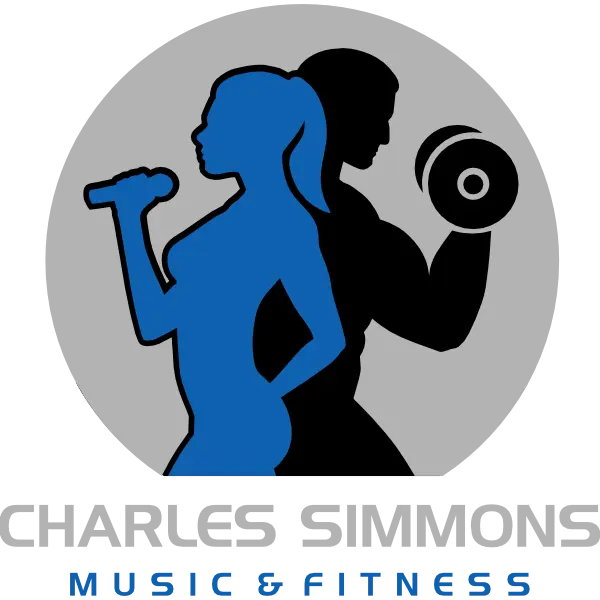Improve your breathing technique with one simple exercise
You’ve probably heard the term „breath support“ when it comes to singing. But do you know what it means, or how to activate it? In today’s article, I’m going to talk about what breath support really is, and show you the ultimate exercise for learning how to activate your breath support, and it’s not necessarily a vocal exercise.
One of the most important concepts taught by vocal coaches is the concept of breath support, which is the ability to regulate how much air you use when you speak or sing. However, some people are given wrong information on which muscles are actually involved in this process.
Of course, I’m talking about the infamous „sing from your diaphragm“ statement. Now as you learned from my last video, the diaphragm – the muscle that sits between your lungs and your abdominal organs – is not involved in breathing out, which is what you’re doing when you speak or sing. The diaphragm is only used when breathing in. That’s it.
So today I want to quickly teach you about breath support and tell you about one of my favorite exercises for teaching my students how to activate it: the plank. Let’s get to it!
A quick refresher course
Now as you also know from the last article, the muscles between your ribs, called the intercostals, are the primary muscles involved in breathing. The outer intercostals contract to pull the ribs up and out which expands the chest, leaving your lungs room to fill up with air, while the inner intercostals contract to pull the ribs back down and press the air out of your filled lungs. This is how breathing works in a nutshell.
In addition to these intercostals, the muscles of your midsection – specifically your abs, obliques, lats, and other muscles in your back – are also responsible for exhaling, or breathing out, and you can use these muscles to actively control how much air you release and how fast or slow the air comes out when you speak or sing. The ability to actively control the airflow to your vocal folds is essential in developing good vocal technique, with your core muscles, along with the muscles in your larynx or voice box, acting as a sort of braking system for your voice.
Most of us tend to speak or sing with a combination of a breathy voice and a clear voice. In my experience, one of the easiest ways to tell if your breath support is working is to listen to the sound of your own voice. If your voice is breathy, that’s usually an indication that your support is not activated. On the other hand, when your voice is clear, that usually means that our breath support mechanism is working as it should, especially when you speak or sing at higher volumes.
A physical exercise to activate your breath support

Use your body to train your voice
So I hope you now have a better understanding of how breath support works and how you can easily and effectively train your support muscles. As you know, I’m all about helping people like you get stronger, healthier voices and bodies, so if you’re looking for a program that incorporates all of the vocal and fitness tips that I give you on this page, please check out my VOXXBODY® workout.
See you guys again soon!
